Linux System Programming Course
Intermediate
Overview
Linux System Certification Course
Description
Organizations must establish an open route for innovation that is decentralized and uses open technologies since innovation is occurring quickly across all industrial sectors. Linux is all about open technology that is designed to be combined with communities to develop cutting-edge businesses and world-class open-source software. There are several open-source technologies utilized by businesses worldwide in this area, but Linux is by far the most well-known. Any individual who wants to have a thorough grasp of this open technology—which is available for free use and is used by many big corporations across the world—should enroll in Linux certification training.
Cranes Varsity with a unique learning process implementing pedagogical learning and online offline sessions is able to deliver training to Linux aspirants. The cutting-edge curriculum designed by industry experts has always provided immense knowledge to the learners and this has helped them in learning the modules at their own pace.
With the help of the Linux System Programming Course, you can learn to develop and run your own programs on a Linux system. You’ll work with the Linux kernel, which controls the computer hardware and provides an interface to the operating system. You’ll also learn how to interact with other processes running on your system, such as other users’ programs and background daemons that perform tasks for you.
Linux System Certification Course At Cranes Varsity
Our Linux System Certification Course is the perfect way to get started with your career in IT. In just 1.5 months, you’ll be able to:
-Understand the basics of Linux and its underlying structure
-Install and configure a basic LAMP server
-Use shell scripts in PHP and Python
-Manage files and directories on the command line
Linux System Programming Course Syllabus
Introduction To Operating System
- Need of OS
- Uniprogramming vs Multiprogramming
- Evolution of OS
- Multitasking and Multiprocessing systems
- Distributed systems
- Components of OS
Linux system programming
- Overview
- Kernel Architectures
- Types of the kernel: monolithic & microkernel
- Linux kernel architecture
- Booting Process
File management subsystems
- What is a file?
- Hard disk layout
- File system
- Disk allocation techniques
- File descriptor
- File Management related system calls
Memory Management Subsystem
- Need of memory management unit
- Address binding
- Contiguous allocation techniques: single, fixed and variable
- Non-contiguous allocation techniques: Paging
Process management subsystems
- Process states and context of the process
- Process control block
- Schedulers
- Process management related system calls
IPCS Signals
- Generating a signal
- Handling a signal
Pipes
- Unnamed pipes
- named pipes
Message queue
- Message queue related system calls
- Structures of messages queue
Shared memory
- Advantages of shared memory
- Shares memory-related system calls
Semaphores
- What is a semaphore?
- Dead Locks
- Types of Semaphores
- Semaphore Related System Calls
Introduction to Device Drivers
- Introduction to Linux
- Roll of Device Drivers
- Kernel versioning
- Types of drivers
- Writing the kernel module
- Compiling and Loading modules
- Important commands
- module parameters
- Debugging by Printing
- Using the /proc Filesystem
- sysfs
Char Drivers
- What is a character device
- Device Numbers
- How to create a device file
- registration and unregistration functions
- Char Device Registration
- <span”>Struct cdev
- Container of macro
- open and release
- read and write
Linux Kernel Build & Static Linking
- Compile Linux Kernel from Source to Build Custom Kernel
Flow of Time
- Time intervals in the kernel
- Delaying Execution
- Current time
Placement Statistics

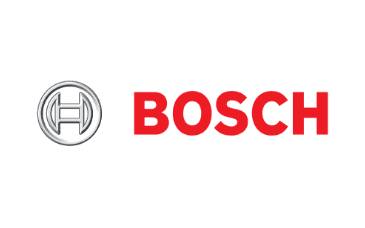
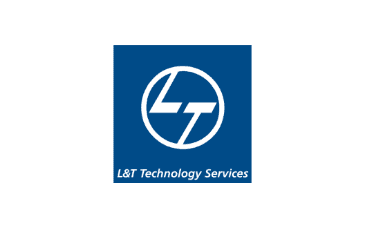
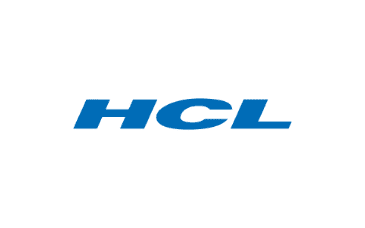

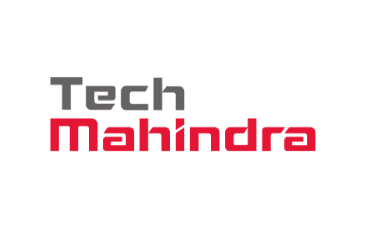
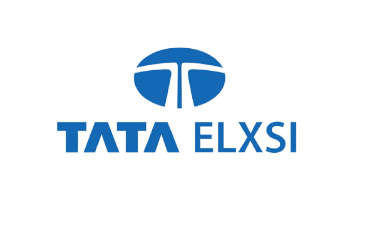
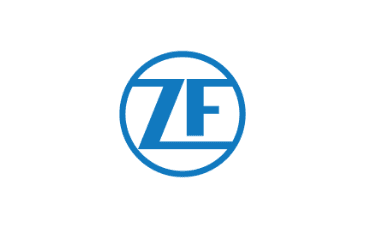

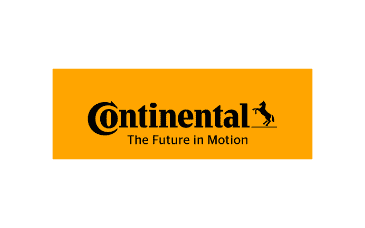
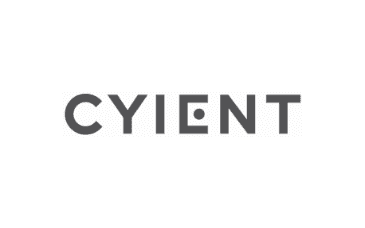




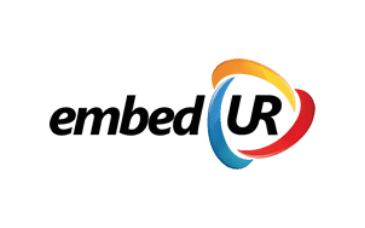
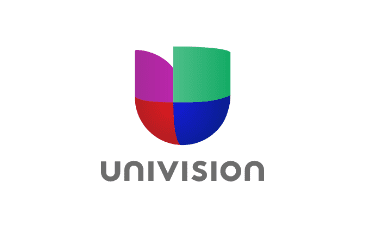
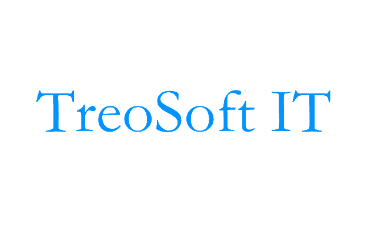
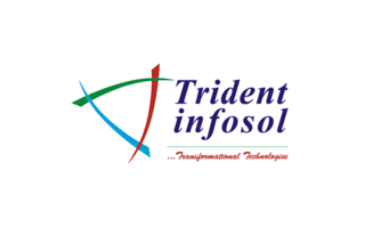
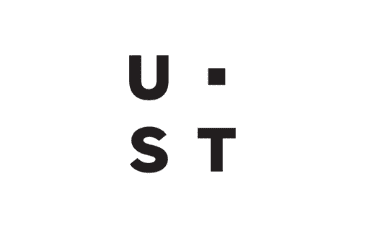
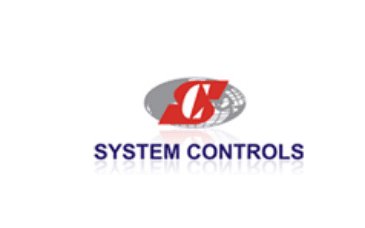
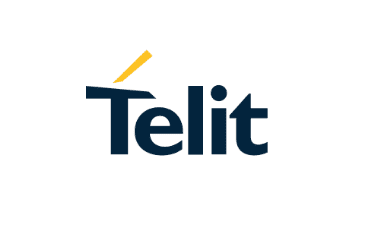
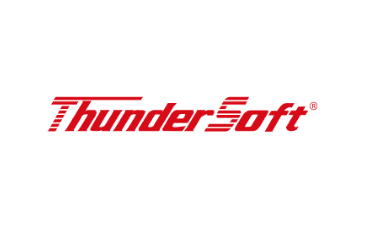
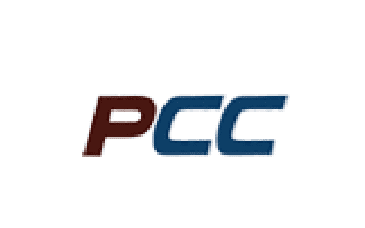
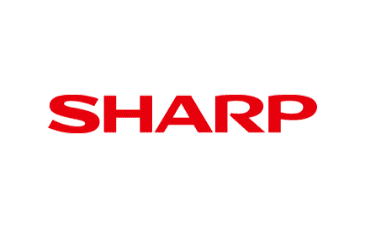

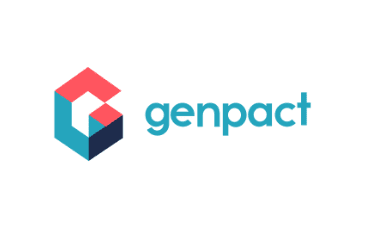
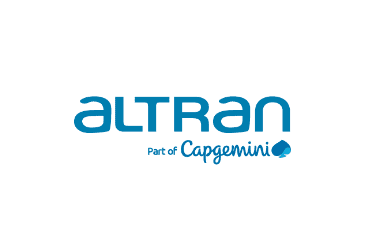
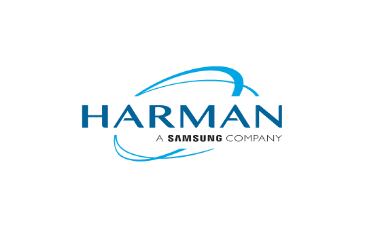

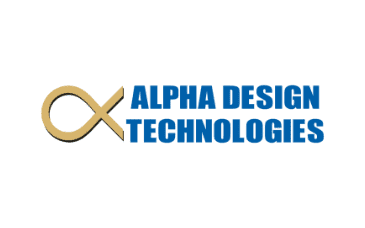
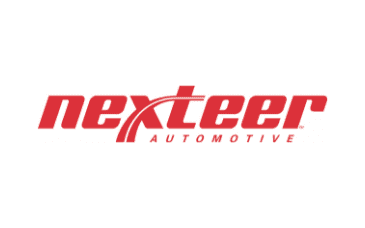






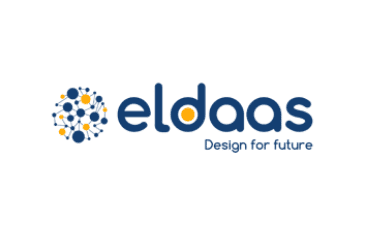
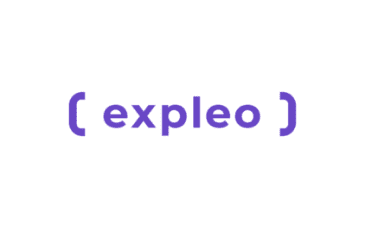
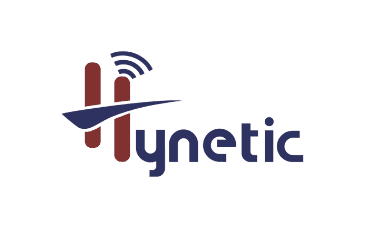
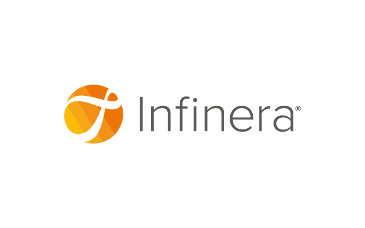
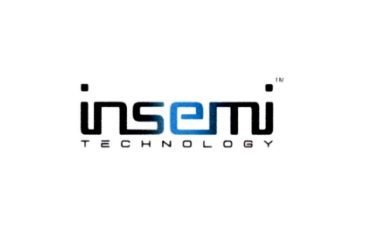


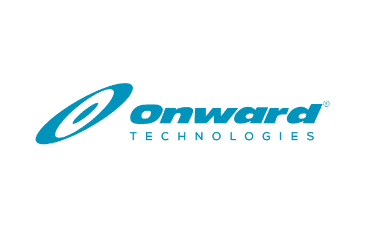

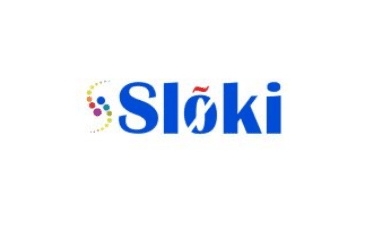
FAQs
What is a Linux Programming System?
Linux is an open-source operating system found by Linus Torvalds. Linux provides you with an environment to execute various programming languages.
Linux also supports Shell scripting and it’s been used in various companies to manage their networks and to support some more functionalities.
Many Operating Systems available in the market are derived from Linux.
Are Linux certificates worth IT?
YES. When you learn Linux, you will have a better chance of finding a job, since many IT companies need people with knowledge about Linux to administer their servers.
What kind of projects are included as part of the Linux System Programming training?
Build your own Operating System with Linux:
Build your own operating system by using Arch Linux, a distribution framework of Linux. With the help of an existing source code via Linux from Scratch, you can easily modify and improve an operating system based on your preference.
Build a Linux Web Server:
For this project, you will be building a web server using Linux that will be useful in running your own websites. The project is also known as the LAMP stack which stands for “Linux, Apache, MySQL, PHP/Pearl/Python”. Linux will be your operating system, Apache will act as your web server software, MySQL used for database management, and PHP/Pearl/Python for programming.
Testimonials

Ankita Saigal
Placed in Robert Bosch
First of all, I would like to extend my thanks to each and every member of Cranes Varsity. We were taught from the very basics of Embedded Systems Design which made it easier for students from all levels. I would like to extend my vote of thanks to cranes varsity to provide me with numerous opportunities.

Santhosh SM
Placed in L&T Technology
Cranes are one of the top embedded training institutes in Bangalore. It has been a wonderful learning experience in Cranes Varsity. The training in every module of embedded systems at Cranes was effective. It provides a good platform for embedded systems. Cranes helped me get a job in the embedded industry.

Mayur MN
Placed in L&T Technology
It was a great experience in Cranes. My dream was to get into the embedded domain. As a fresher, it is difficult to get into the Embedded Design field, but Cranes made a huge difference in my career by giving the best training and placement assistance provided by Cranes. I would like to say Cranes is the best to choose for those who dream of embedded opportunity.

Chandru V
Placed in Avin Systems
I take this opportunity to thank “CRANES VARSITY”, one of the best-embedded training institutes which are helping students to get into the best company to build their career. I thank all the trainers who enhanced my knowledge in every subject and the placement team for giving me the best opportunities in the field of embedded. Thank you for all your support.

Hemanth Kumar
Placed in Caravel Info Systems
Cranes varsity is the best Embedded Training Institute to learn both practical and theoretical knowledge. It is the best place to gear up your career in a core embedded industry. Management and faculty member support till you get placed. They provided lots of opportunities to me. The embedded Course modules that we learnt here are systematic, and I immensely earned great knowledge.

Ankit Ahalawat
Placed in AK Aerotek Software
I am happy for Cranes for giving a platform and providing opportunities for attending the interview. Modules test, Mock test really helps to clear any company written test/ interview. Trainers were excellent at explaining and clarifying the doubts. I am very thankful to Cranes Varsity.

Nithin G
Placed in Moschip Semiconductor
Cranes varsity is the best platform to improve your technical skills in Embedded System Design. Their dedication towards teaching modules and interaction with the students is commendable, which made me achieve good skills for my career growth in the electronics/semiconductor industry.

Amitha Pankaj
Placed in Lekha Wireless
Happy to say that I am placed in Lekha Wireless. Cranes are one of the best Embedded Training Institutes. The way of teaching in Cranes is good. I thank the management and faculty for the guidance and opportunity.

Sidharth S
Placed in L&T Technology
If not Cranes, I would have been doing a job of not my interest and passion. Cranes provided me with the platform to start my career and knowledge about corporate life and requirements. “Thank you, Cranes” would be an understatement.
Downloads
- LevelIntermediate
- CertificateYes



